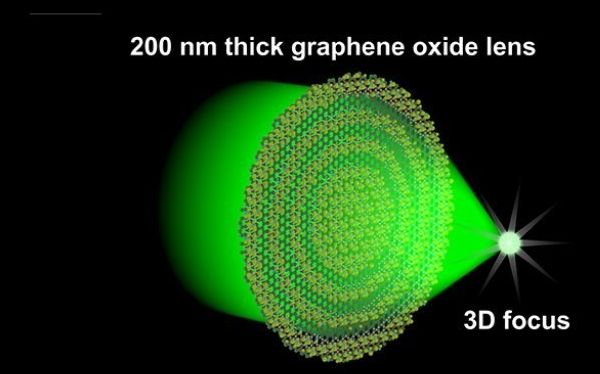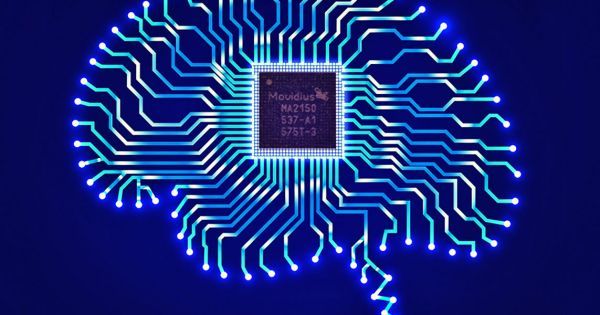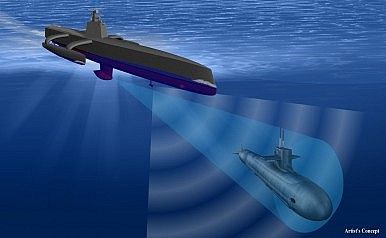
Although this article highlights the robots used in the courts across India; robots in the courtroom has also been proposed in the US. So, if we ask ourselves “Can robots take over court cases and reduce the overloaded burden of the court system?” In some areas as a legal assistant, or paralegal to support the attorney/s; I would say yes.
However, taking over full ownership of a case. Well, that gets tricky in the US. For example, I am a client and I have a robot representing me. I lose my court case. So, can I claim misrepresentation under the current laws? You bet I can.
What do we need to do so that the laws enable robots the same level of recogonition/ equality as a human attorney has today? In order for this type of recogonition/ equality to exist; many laws on the books (state, county, city, and federal) will need to be reviewed, admendments proposed, and a vote done on all of them. Which will take a very very long time. Because the volume of laws in the city and county in some areas like NYC, Chicago, etc. is very extensive and expensive to taxpayers.
Continue reading “D A I J I W O R L D” »

















